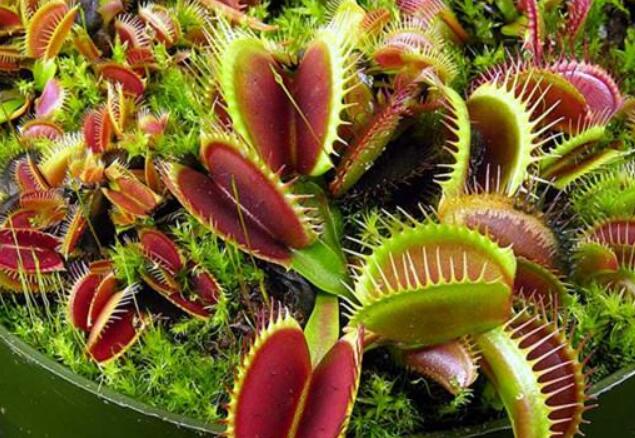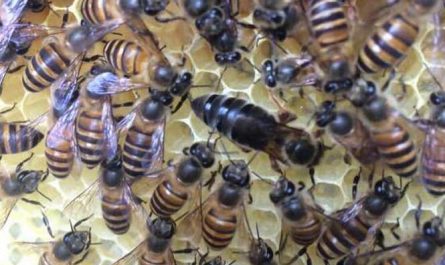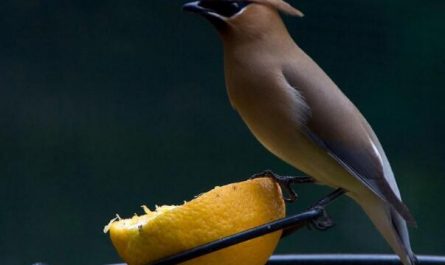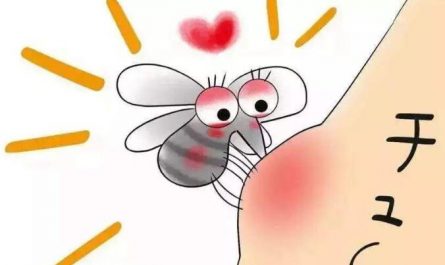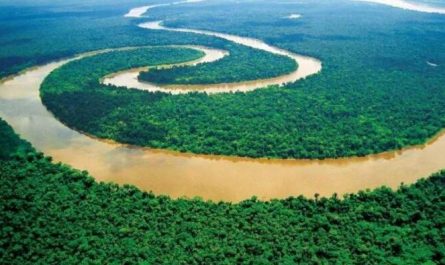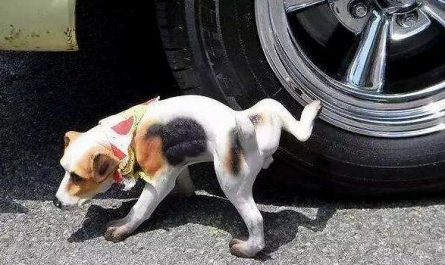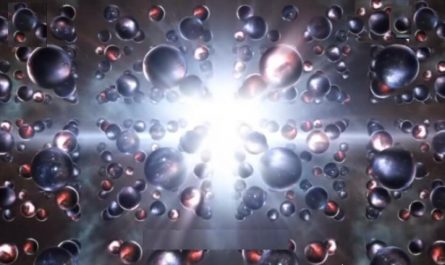Herbivores are very common, but many people say they are strange when it comes to animal-eating plants. Plants have no hands, no teeth, and can’t walk or run. How can they catch animals? But this kind of plant that eats animals does exist. Let’s take a look at why these plants are so amazing.
In nature, there are about 500 species of plants that eat animals, among which the more famous ones are Nepenthes, Cobra Sarracenia, Sheep-eating Tree, Venus flyweed and Baby Eye, etc. These carnivorous plants do not perform photosynthesis quietly like other plants. They generally grow in harsh environments. Either the soil is poor and the nutrients are insufficient, or the simple photosynthesis is not enough to maintain the growth and continuation of life.
Nepenthes is a tropical carnivorous plant, it has unique organs that absorb nutrients. Its leaf midrib stretches out into tendrils, and there is a bottle-like body on the top of the tendrils. There is also a cap on the top of the bottle, which can be opened and closed automatically to attract small bugs around. The inner wall of the bottle will secrete a sweet honey juice to attract the greedy bugs around.
The inner wall of the pitcher plant is relatively smooth, and the greedy bugs will accidentally fall to the bottom of the bottle. At this time, due to the mucus on the bottom of the bottle, the bugs will be stuck and then digested by the pitcher plant. The cobra bottle plant grows in salt-alkali barren wasteland or swamp area. In order to supplement nutrients, they will also attract surrounding bugs to the inside of the bottle for digestion and provide themselves with the nutrients needed for growth.
Plants eat animals not only on land, but also underwater. Utricularia generally grows in wetlands, ponds, and can also grow on moss in tropical rain forests. Utricularia in the water eats animals with no effort at all. The balloon-shaped trap of Utricularia has bunches of bristles. Frequently, small creatures around will open the trap door when they are frightened or avoiding predators. At this time, the waterless traps inside the trap are sucked into the trap along with the small creatures, and these poor creatures are caught by Utricularia The secretions of the glands on the inner wall of the cyst are digested. After digestion and absorption, the trapping sac will squeeze out the water in the sac and the digestive remains of the prey together. At this time, the trapping sac will return to its original state and begin to wait for the arrival of the next prey.
The habit of plants to prey on animals has evolved over a long history. How they were forced to evolve in the middle is still unknown to people, and how plants digest and absorb these animals with their special digestion and absorption systems. It is a complicated subject. But what we need to understand is that plants are no longer simply passive selection. Some plants are aggressive and will kill animals.
